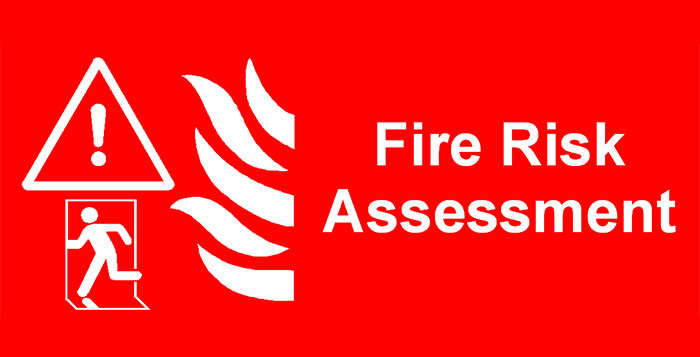There are a number of ways to carry out a fire-risk assessment, but the following method is perhaps the simplest and most straightforward. Although it is simple to carry out, the assessment should still be detailed and accurate. It also needs to be kept on file for future reference.
Each fire risk assessment should cover five main steps. These are:
- Identify people at risk
- Identify fire hazards
- Protect people from risk
- Record your findings
- Review
Before you officially begin your fire-risk assessment, make a drawing of your premises, recording the layout of each floor and individual room. You do not need to be exact, but try to get it roughly to scale. Your drawing should include any stairways or other relevant structural features. Also include the positions of fire protection equipment such as extinguishers and fire curtains.
Mark any potential fire hazards such as heaters or stores of combustible materials clearly on your diagram. Also make a note where these two elements have the potential to come together. You could use a simple noughts-and-crosses system, whereby noughts are sources of heat and crosses are combustible materials. Identify the people who may be at risk in these areas.
Evaluating your findings and taking action to reduce potential risks need not necessarily be expensive. More than anything, it is a matter of common sense. For the fourth step of the assessment – record findings – you should put together an emergency evacuation plan in case anything untoward occurs, clearly marking safe routes of exit. You also need to assess the training needs of everyone who works in the building.
Finally, you need to review the assessment on a regular basis. This should include keeping up to date with the ongoing training needs of all staff and ensuring that no new potentially dangerous hazards have arisen. Specialist equipment, such as fire curtains and extinguishers, should also be regularly assessed and maintained by your fire-safety service provider.
A fire-risk assessment is a simple procedure to carry out but should not be treated lightly. It could potentially save lives.


